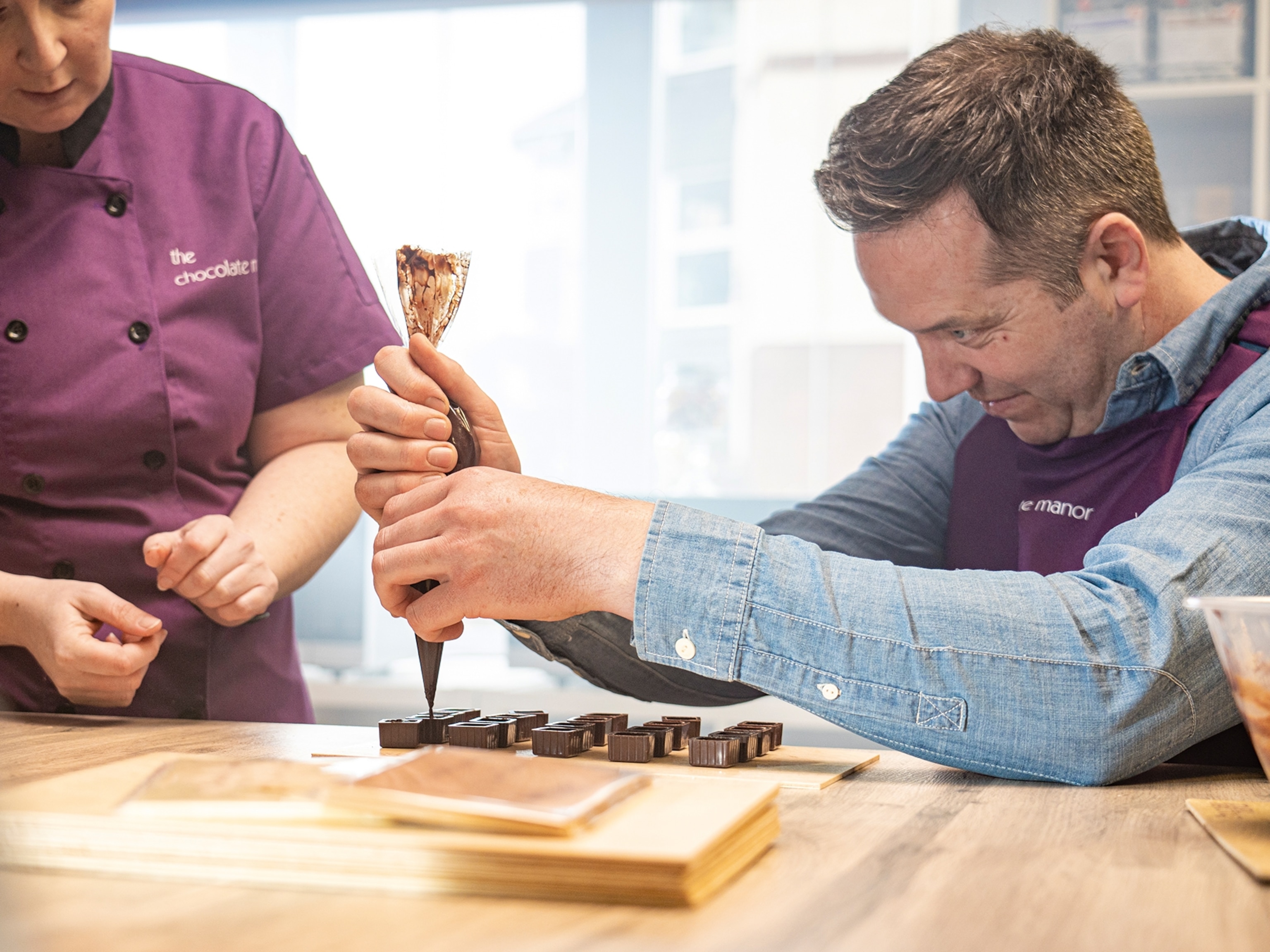
Ecuador: discovering the chocolate champions
Once the world’s leading producer of cacao beans, Ecuador had become something of a backwater exporter until local companies like Pacari began pioneering a thriving chocolate industry.
“Fifteen years ago, people thought fine Ecuadorian cacao was lost,” Santiago Peralta shrugs, gesturing to an expanse of cacao trees populating the rainforest-carpeted slopes of Santa Rita, a small community in Ecuador’s northwestern Amazon. “Farmers were paid poorly to produce bulk cacao for mass export — a mono-crop culture. But, as you can see, this is the biodiverse motherlode of indigenous crops.”
Cacao, the tree from which chocolate is derived, is just part of the Amazon’s pungent, densely sprouting life force that buzzes tangibly under my boots. It’s a place dense with potential — if you have the know-how. “When we started Pacari in 2002, my wife Carla and I had no connections or clue about farming,” continues co-founder Santiago. “We learned alongside the farmers, designing equipment to better ferment and grind cacao beans. It gave us a real understanding of how production affects flavours. We began getting fantastic quality.”
At Santa Rita’s maloca (community headquarters), village head Bolivar Alvarado hands me an infusion of guayusa, the caffeine-laden plant that sustains Ecuador’s heat-addled Amazon population and flavours some of Pacari’s chocolate bars. Bolivar leads tours of the chacra (horticultural plot) where visitors learn about Amazonian life and its native cacao, with short treks through rolling tracts of forest and informal tastings of the finished product. It’s a great way to dip a toe into the Amazon and gain an appreciation for both its food and its rich agroforestry culture.
Bolivar is one of some 4,000 Ecuadorian farmers and farming families partnering with Pacari to make its sustainable chocolate. “We cut out the middleman,” says Santiago. “We traded with small producers back at a time when no one was talking to these guys — they were the losers in the big export game — and no one was talking vegan, biodynamic or organic. We paid above market price, offering an incentive for quality control and loyalty.”
Ecuador sits on a gold mine of cacao. In its 19th-century heydey, the country was the world’s leading exporter, but plant disease and global market changes saw Ecuador lose its top spot in the early 1900s.
Pacari began life preserving Ecuador’s native Arriba Nacional cacao variety, developing the country’s first tree-to-bar, single-origin organic chocolate. For this, and others, the company has bagged more than 300 prizes, including accolades at the International Chocolate Awards.
“Single-origin chocolate put Ecuador on the map for serious production,” says Santiago. “Now farmers are champions of a growing industry. It would be simpler to buy from a few of Ecuador’s biggest producers, but it’s the smaller, indigenous farmers who contribute to the world’s genetic bank of cacao. And that’s what we want: to preserve species and learn about varietals. We have 20 years of work ahead to understand the flavours alone.”
Under the palm-thatched roof of the maloca, I learn about the range of flavours: Andean rose; blueberries from near Cotopaxi volcano; lemongrass from the tropics. Direct trading with producers of those crops is revitalising other areas of agriculture, too.
“Those flavours are great for pairings: passion fruit goes brilliantly with Zacapa rum; guayusa goes well with sherry,” says Santiago. He hands me Pacari’s raw chocolate with Cusco salt and nibs. After washing it down with a peaty malt, I’m reminded of cacao’s scientific name: theobroma cacoa, food of the gods.

Top 3: Chocolate stops in Quito
Take a tour of Ecuador via its chocolate flavours and varieties in Quito’s hippie-chic La Floresta neighbourhood. $10 (£7.70) per person.
Sample Andean herbs, Pacific sardines and black Ibérico pork from Quito-born chef Mauricio Acuña. Seven plates, including creations with 100% Pacari, for $25 (£19).
Chef Alejandro Chamorro champions Ecuadorian produce, with a menu that includes macambo beans, lobster and, of course, chocolate. Tasting menu $35 (£28).
Published in Jan/ Feb 2020 issue of National Geographic Traveller (UK)
Follow us on social media
Twitter | Facebook | Instagram





